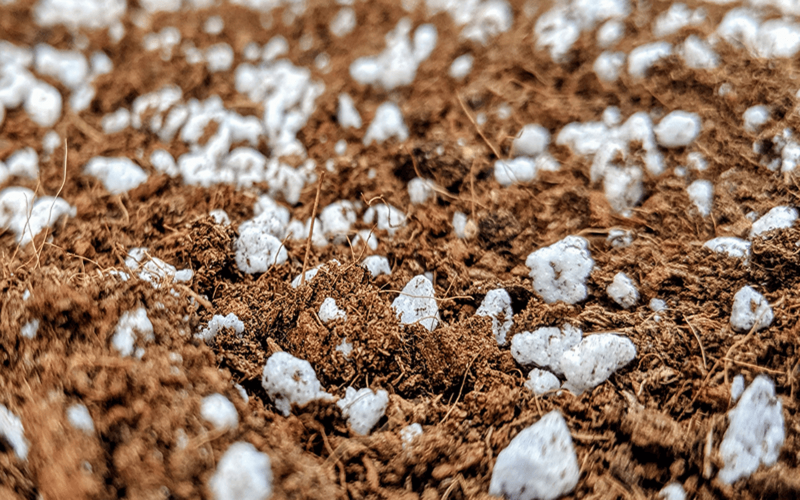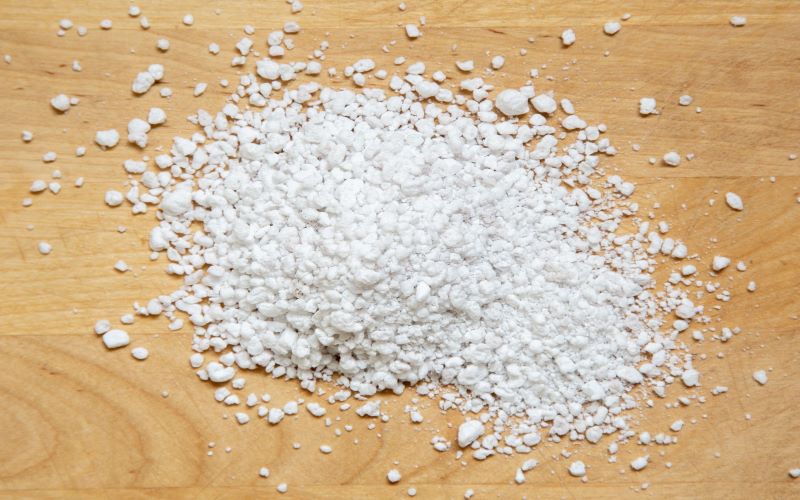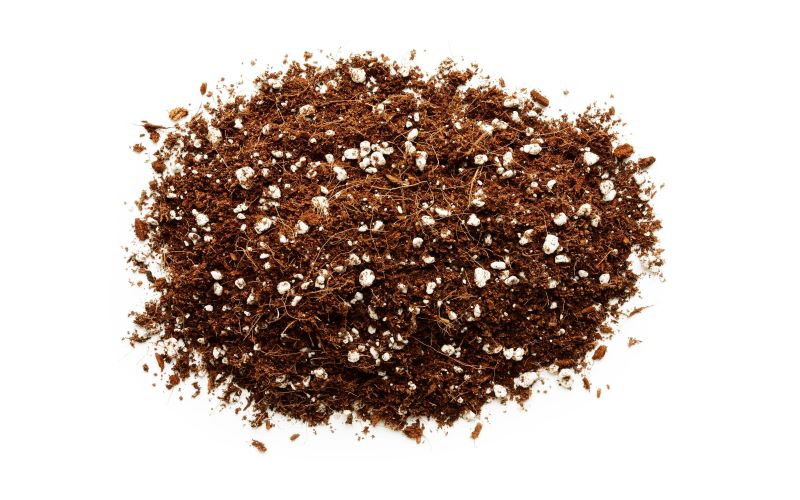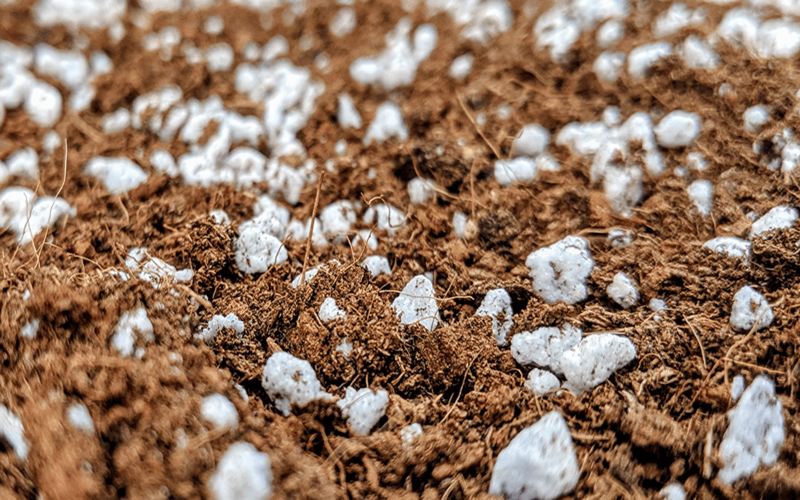Is it necessary and how to mix coco coir with perlite? What are its benefits?
Is it necessary and how to mix coco coir with perlite? What are its benefits?

Undisputedly, coco coir is one of the best growing media and soil replacement you can use in the garden. Many growers exaggerate this natural coconut product for its excellent aeration, absorption, and water retention elements. Moreover, it has the ability to resist disease and decompose very slowly. Because coco coir is one of the most effective water retention media, many growers choose to mix coco coir with perlite. So what are the benefits of mixing coir with this amendment? Tropicoco will help you find the answer through this article.
Perlite and coco coir
What is perlite?

Is it necessary to mix coco coir with perlite?
Actually, coco coir is not obligated to mix with perlite. Mixing coco coir with perlite has its fair share of pros and cons, but the advantages clearly outweigh the few disadvantages. You will see your plants grow super significantly and increase in yields remarkably as part of the benefits of mixing coco coir with perlite.
Advantages of adding perlite to coco coir
Mix coco coir with perlite helps prevent stagnation
The same as coco coir, perlite has great aeration and drainage elements. Mixing coco coir with perlite will help prevent stagnation well by allowing the excess amount of water to drain freely. As you know, good drainage and aeration enables the root to develop healthily and allow plants to absorb up to 98% oxygen through the roots.
The mixture helps promote water retention

The mixture helps boost healthy growth of plants
The fact that mixing coco coir with perlite is to boost the health of plants when growing. Perlite is extremely lightweight, which means it will not weigh down your plants and allow your seedlings to germinate and grow without any restriction. Moreover, perlite also supports aeration and helps drain the excess amount of water away – which are very crucial for healthy growth of roots.
Perlite actually does not decompose at all
While coco coir decomposes very slowly, perlite actually does not decompose at all. Therefore, when we add perlite to coco coir, it will help reduce the decomposition rate, which means the harmful diseases have no chance to develop to do harm to your plants. The mixture has the expectancy of the number of years, so you can reuse it many times with each farming cycle.
Perlite has a natural origin
Because perlite does not have carbon, many people do not think of it as an organic compound. However, this does not prevent you from adding perlite to coco coir. Perlite has a natural origin, so we can use it for all types of plants very safely. It does not contain the number of harmful chemicals or synthetic substances, which enables it to become very ideal for your garden.
Mix coco coir with perlite has the neutral level of pH

How should we mix coco coir with perlite?
The right combination of coco coir and perlite will ensure your plants grow healthily and give your plants a better capacity at the end of the farming cycle. However, many farmers do not recognize the way to mix these two substances. The wrong ratio mixing of coco coir and perlite ratio can have more harm than good, which can lead the plants to stunted growth and dying. The most ideal ratio to mix coco coir with perlite is y25% perlite 75% coco coir to get optimum consequences. Some people choose to mix coir and perlite with the ratio 50%-50% respectively. Although the 50%-50% ratio is not harmful, this means that there is less place for other crucial additives.
Conclusion
The article above has shown you the information about how to mix coco coir with perlite. The combination between these 2 substances expects to deliver unbelievable results. Using a combination of these 2 substrates as your growing media of selection means bettering aeration, improving drainage, and guaranteeing healthy growth of plants. Because perlite does not decompose, you should hope your crops remain undiseased during the farming cycle. Perlite does not influence nutrient concentrations, so there is no reason why you should not mix coco coir with perlite. If you are looking for a trustworthy supplier of coco coir and the other related products, please go to Tropicoco.
Contact information
Tropicoco – The best substrate
Address: No.20 Ngan Long Villa, Nguyen Huu Tho street, Nha Be dist, Ho Chi Minh City
Email: giathe@tropical.vn
Hotline: +84 983230879
Open Hours: Mon-Sat: 8.00AM-5.00PM; Sunday: Closed

